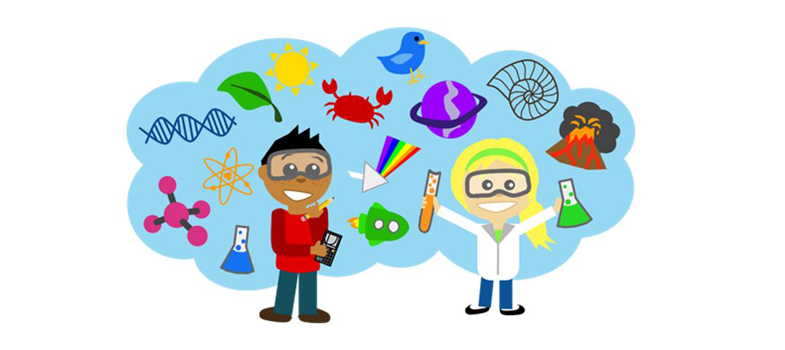2.6 What does this mean for classrooms and in schools?
Unconscious bias in schools can lead to differences in achievement, progression and subject choices for male versus female pupils.
As we showed in session 1, stereotypes about female inferiority in mathematics and other STEM subjects are prominent across society and unsurprisingly can lead to unconscious bias among children and adolescents, parents and teachers. International literature and research demonstrates this universal aspect of human nature. Lindberg (2010) reviews the relevant research in this area in relation to maths:
Parents believe that their sons' mathematical ability is higher than their daughters'. In one study, fathers estimated their sons' mathematical “IQ” at 110 on average, and their daughters' at 98; mothers estimated 110 for sons and 104 for daughters (Furnham et al., 2002 [Tip: hold Ctrl and click a link to open it in a new tab. (Hide tip)] ; see also Frome & Eccles, 1998). Teachers, too, tend to stereotype mathematics as a male domain. In particular, they overrate boys' ability relative to girls' (Li, 1999; but see Helwig, Anderson, & Tindal, 2001).
Lavy and Sand (2015) found that teachers systematically overstate the math and science ability of boys. This leads to poorer test scores for girls, lower progression and completion of advanced maths and science subjects (and vice versa for boys). The teachers (mostly themselves female) did not think they were biased and the effect was larger for girls from lower socioeconomic status (SES) backgrounds. A different study, Antecol et al (2012), has found the most ‘biased’ teachers were females without maths backgrounds. Other research shows that highly visible students in school classrooms tend to be male, white and from higher socioeconomic status backgrounds. This applies to those students that make themselves more visible via consistent active participation, as well as those that teachers actively call on and regularly select and therefore make more visible themselves. This can apply to science classrooms, as well as non-science classrooms.
Case study: Harvard Business School
Harvard Business School recently developed a ‘Gender Initiative’ to improve outcomes and experiences for female students.
Investigations had found gender discrimination in the Business School’s classrooms, sexism prevalent in the school environment and sizeable achievement and satisfaction gaps between female and male students.
One of the main areas of focus in the Gender Initiative was the learning space - the classroom environment, curriculum and interactions with teaching staff. The curriculum didn’t reflect female experiences in business or foster a sense of belonging among female students. Only 1 in 10 of the case studies produced and used in the Business School featured a female lead role (case studies are one of the main forms of instruction in business schools). Additionally, while class participation is a large component of final grades, teaching was conducted informally and performance assessed after classes, based on the memory of staff. This allows for unconscious bias in who teachers call on, which students actively participate in discussions, and which interactions are remembered and emphasised by staff afterwards.
Harvard Business School has been able to take effective action and improve outcomes by making relatively simple changes, such as increasing the presence of female characters in case studies and using notetakers in classrooms to record and quantify participation.
(Source: http://www.thecrimson.com/ article/ 2016/ 5/ 4/ tacking-gender-inequality-at-hbs/)
Consider in your learning log in what ways might unconscious bias have an impact on gender equality in your school and classroom?
2.5 Example: how do unconscious biases and gender affect science? Examining the Moss-Racusin study
